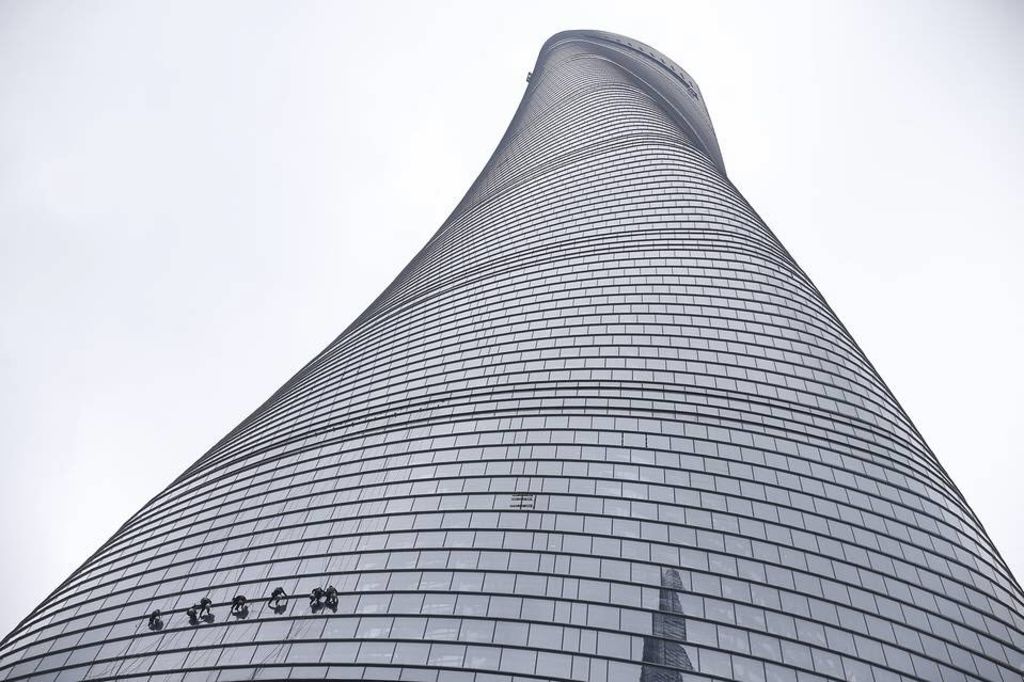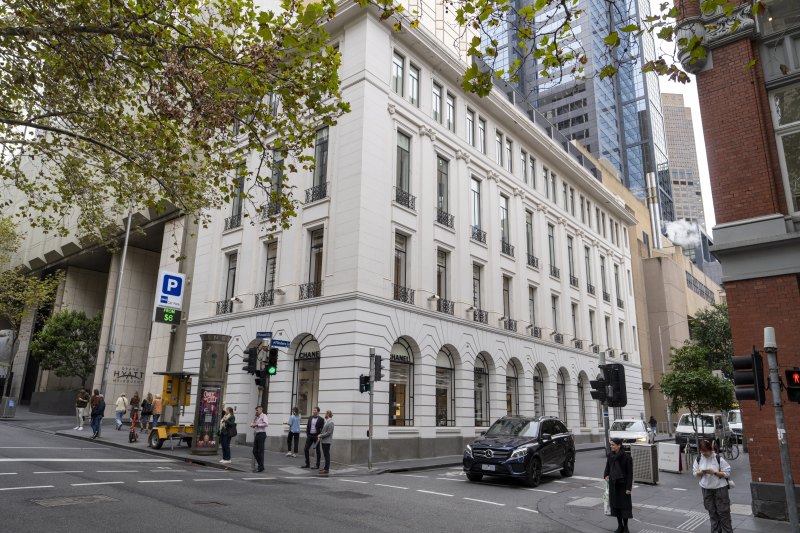
Shanghai's ghost tower has 55 vacant floors
It’s China’s tallest building and was supposed to be a symbol of Shanghai’s modernity and the city’s glittering future as a global financial centre.
Yet more than four years after The Shanghai Tower “topped out” at 632 metres and two and a half years after architects declared it “ready for occupancy”, the building remains largely vacant.
It’s mired in debt, hamstrung by bureaucracy and as the months drag on is threatening to become a high-rise version of China’s infamous ghost cities and yet another example of wasteful spending by state-owned companies.
“It’s a shocker,” says Michael Cole, founder of Mingtiandi, a provider of information on the Chinese property market.
“China’s state-owned developers should stay away from taking on big projects like this solo.”
An examination of the development by The Australian Financial Review shows that around 60 per cent of the available space is unoccupied.
This mean that 28 entire floors, or nearly half those available for office rental, are vacant, according to leasing agents and the electronic directory in the foyer.
Such a high vacancy rate is costing the tower’s owners at least $2 million a week or more than $100 million annually in lost rental income, based on figures provided by the agent.
Six-star hotel
And this does not include rent from a further 27 floors designated for a six-star hotel which are also vacant.
The hotel was billed as the “world’s highest” but construction is yet to begin, according to one agent, and it is unlikely to be open until 2019 at the earliest.
When The Financial Review visited last Friday, the escalator leading up from the street was shut off and elevators were still covered in signs promoting the construction company. Apart from two bored reception officers and a security guard the foyer was completely empty.
Reports in the state-run press from 2013 said the hotel would be operational by 2015.
The retail space is faring slightly better with a bustling food court in full operation, although there are still plenty of boarded-up shops and an entire corner of one floor remains vacant.
Some of these rental problems for the building have been attributed to local fire authorities taking more than two years to provide an occupancy permit for the building, raising concerns about its overall safety and leaving some tenants unable to move in and others wary.
In the end the certificate was issued by authorities on July 18 after a two-and-a-half-year bureaucratic stand-off was resolved, as the relevant authority had no ability to license buildings above 500 metres in height (the Shanghai Tower is 632 metres and 132 levels).
The other issue is a highly inefficient interior layout which locks tenants into paying for large areas of expensive space which can’t be used.
Those who have inspected the floor plate say it has an efficiency rate of only 50 per cent on some floors, compared with 70 per cent for a typical tower.
Natural light
This is partly due to the building’s much-talked-about outer skin, which is ideal for allowing in natural light and cuts down on air-conditioning costs, but means much of the floor space can’t be used.
Known as the “cork screw”, the tower is the third and final super-tall skyscraper in Pudong’s Lujiazhui Financial District, which sits across the river from the historic Bund precinct.
It completes the Shanghai government’s vision, set out more than 25 years ago when the area was little more than a swamp covered in chicken sheds.
In the early days of the tower’s design and construction it received regular coverage in the state-owned media, especially for its green credentials and transparent, spiral facade which has come to dominate the Shanghai skyline.
Its architects Gensler said the tower was a “profound statement about the development of the city’s financial district”.
But as delays and problems mounted the state-owned press have fallen silent, despite not being shy in reporting the early leasing problems for the neighbouring, Japanese-owned, Shanghai World Financial Centre.
On Tuesday The Shanghai Daily reported the opening of the 125th and 126th floors of the Shanghai Tower, but made no mention of its occupancy problems.
These problems are even more striking given the surrounding buildings have a vacancy rate of less than 5 per cent. Colliers International, a real estate agency, said the Lujiazhui area had a vacancy rate of 12.8 per cent in the second quarter of this year, but this can be mainly attributed to the Shanghai Tower itself.
The delay of more than two years in officially opening the tower has seen a blowout in debt and operating losses.
According to the latest annual report of the Shanghai Municipal Investment Group (SMIG), a state-backed company which holds 51 per cent of the project, the tower has 8.08 billion yuan ($1.5 billion) in debt.
This is up nearly 40 per cent from the 5.81 billion yuan of debt in 2014, while the accounts show it made an operating loss of 459 million yuan last year.
Special case
Mr Cole from Mingtiandi doubts it will ever be financially viable, but notes it’s a “special case” as the land and financing were agreed at rates less than a commercial operator would pay.
“A developer run as a commercial enterprise would never be able to make money on a project with the potential land costs and construction requirements associated with the Shanghai Tower [and] with an empty hotel and an office zone running at 40 per cent vacancy,” he said.
Such a lack of commercial decision-making by China’s state-owned sector has been identified by the International Monetary Fund as one of the challenges facing Beijing as it looks to reform the economy and lower debt levels.
The IMF noted state-backed firms were responsible for much of the run up in China’s debt over the last decade and urged an end to subsidies for the sector and said non-viable firms should be forced to default on their debt and exit the market.
The IMF is forecasting China’s debt levels to hit nearly 300 per cent of GDP by 2022 and said growth could move sharply lower if rising leverage was not addressed.
“This [rising debt levels] raises concerns for a possible sharp decline in growth in the medium term,” it said.
Get a weekly roundup of the latest news from Commercial Real Estate, delivered straight to your inbox!









